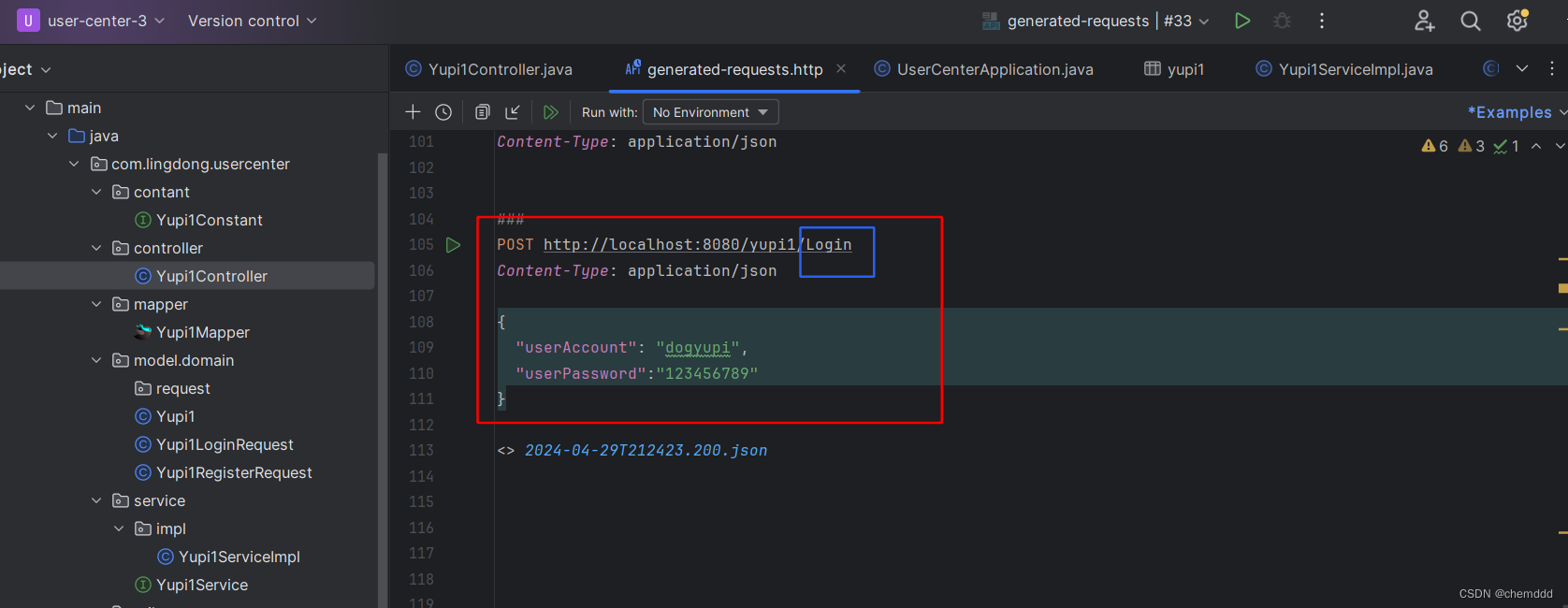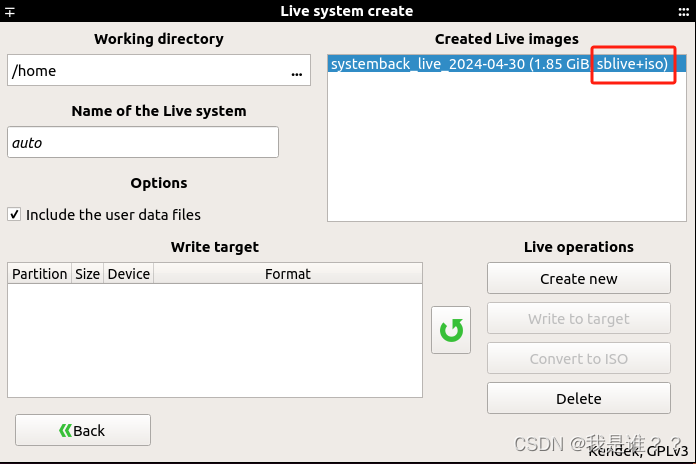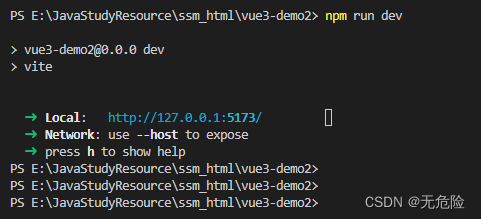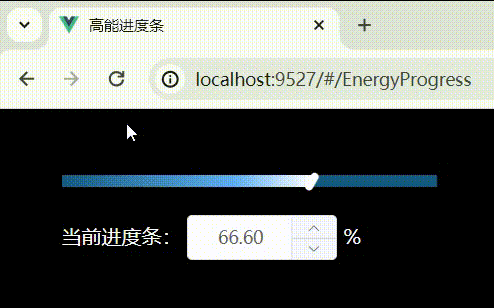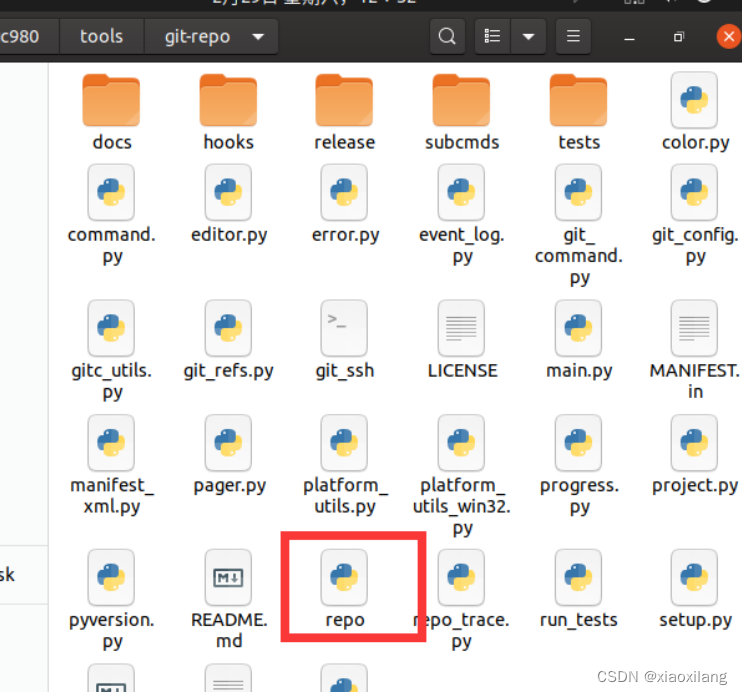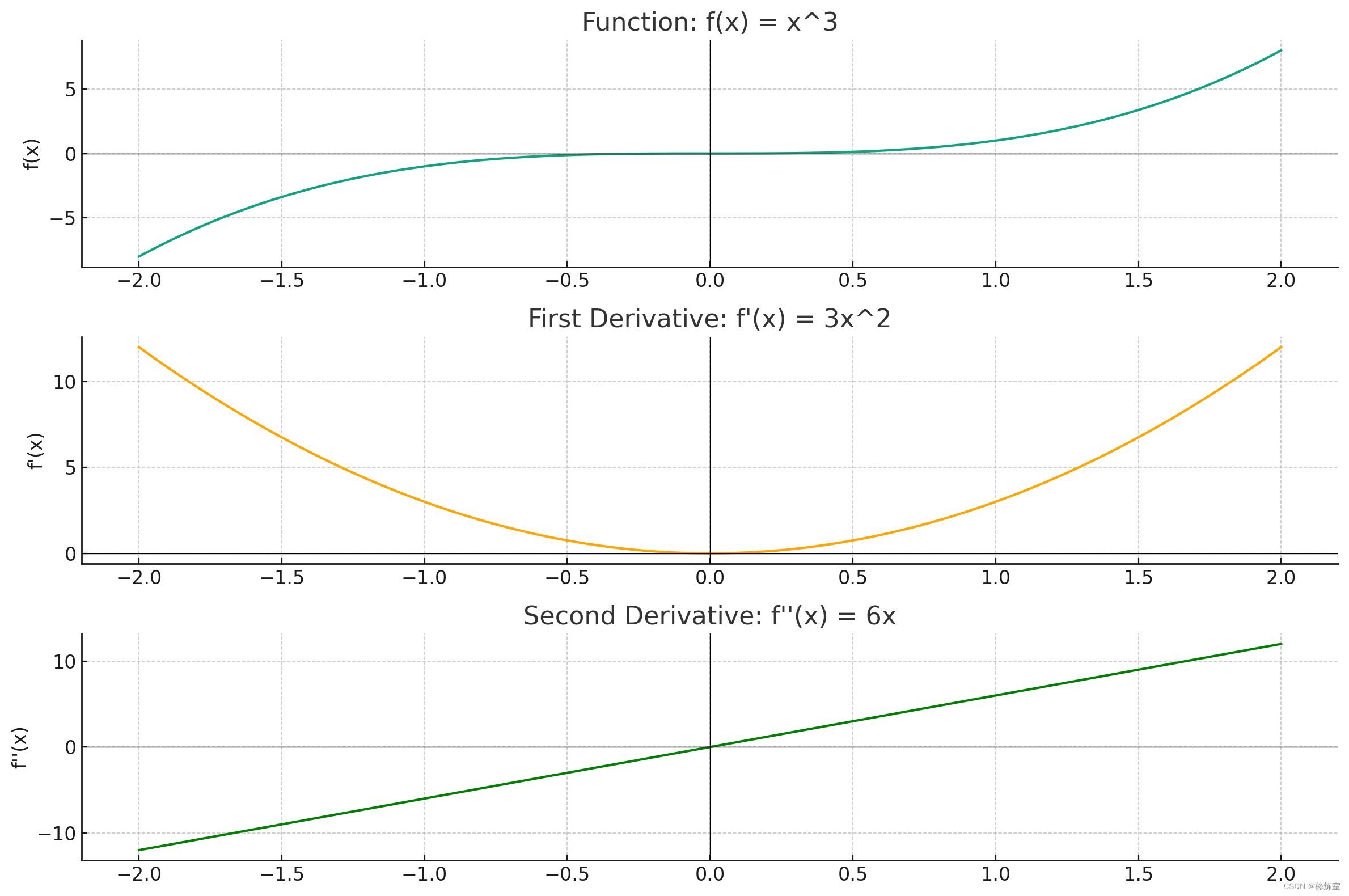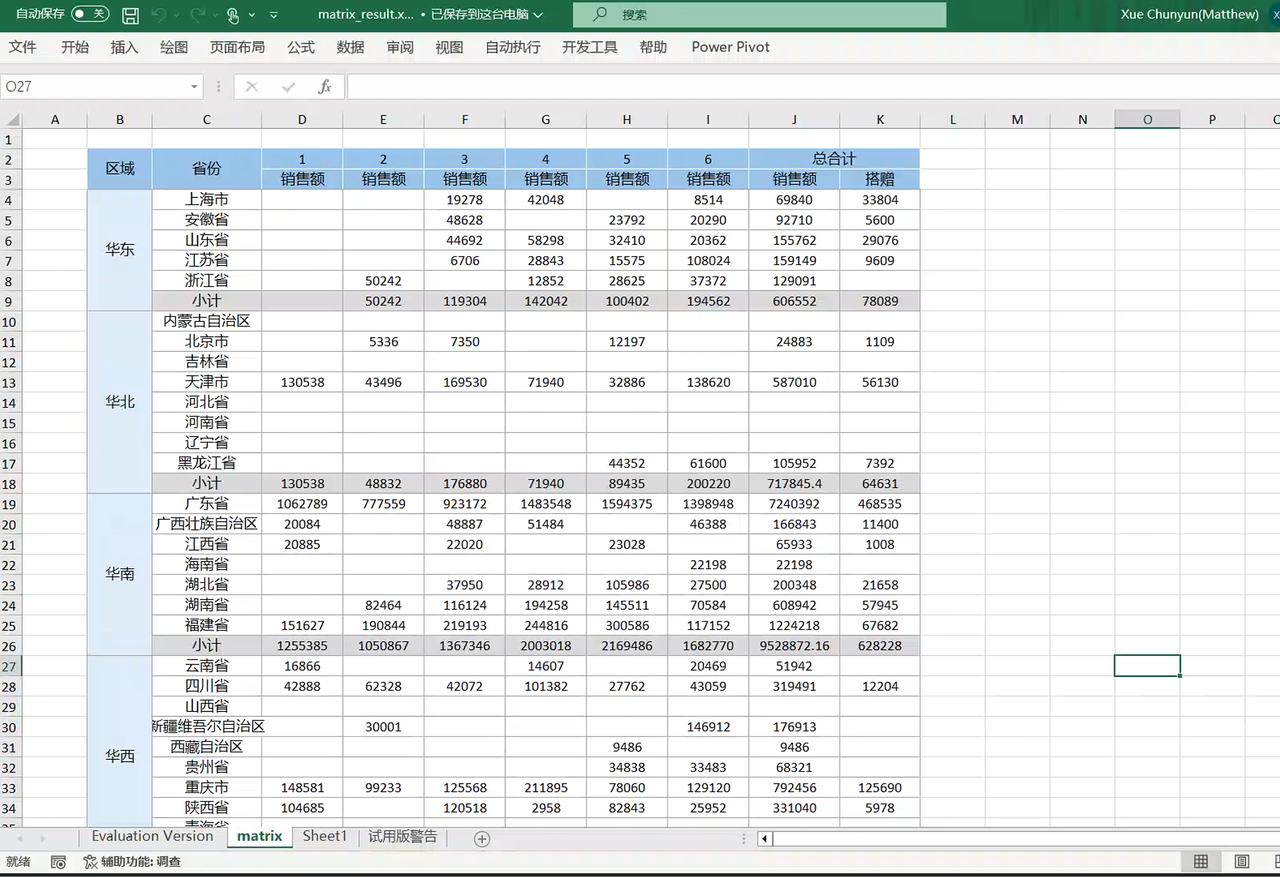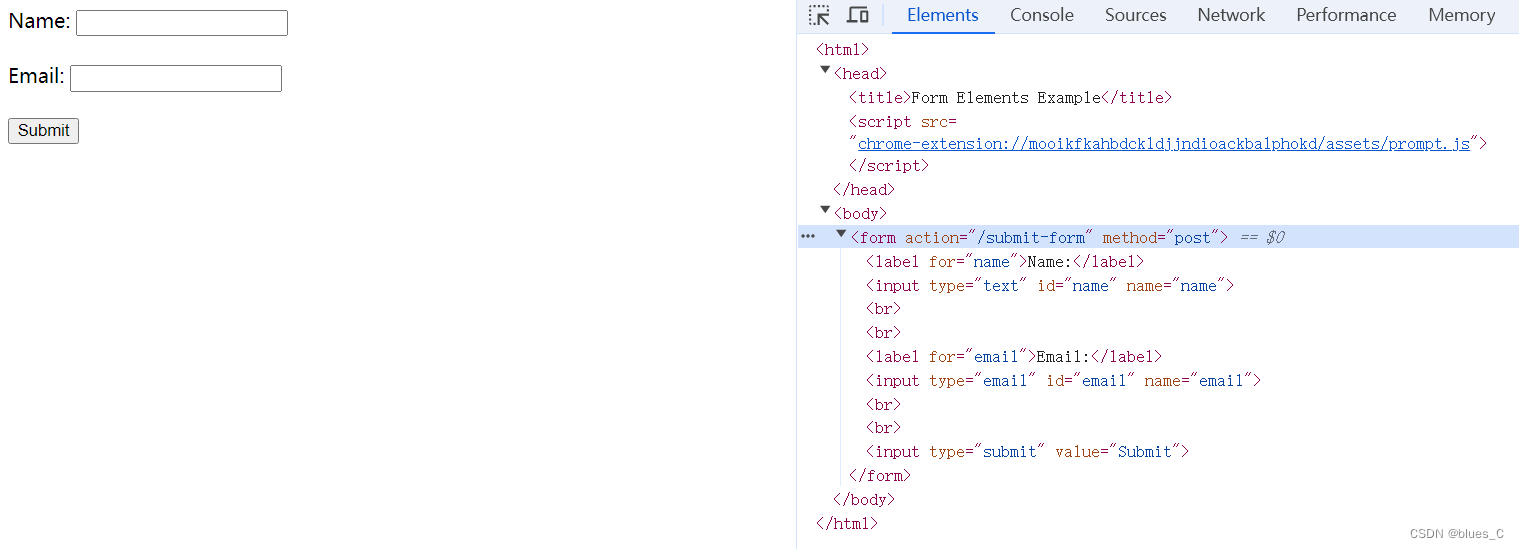 我真的碎掉了,主要是我很缺那点钱啊现在,我真的碎掉了我碎掉了碎掉了碎掉了
我真的碎掉了,主要是我很缺那点钱啊现在,我真的碎掉了我碎掉了碎掉了碎掉了
0.8 类模板案例-数组类封装
需求:1,存储:内置和自定义数据类型;
2,存到堆区;
3,构造函数传入数组容量;
4,拷贝函数,重载=,防止浅拷贝;
5,尾插法,尾删法;
6,通过下标访问数组元素;
7,获取数组元素个数和容量
AAAAAA:打印函数参数列表不能加CONST
myarray.hpp
//数组类
#pragma once
#include<iostream>
#include<string>
using namespace std;
template<class T>
class myArray {
public:
//有参构造,容量
myArray(int capacity) {
//cout << "调用有参构造" << endl;
this->m_capa = capacity;
this->m_size = 0;
this->m_Add = new T[this->m_capa];//开辟数组
}
//析构
~myArray() {
if (this->m_Add != NULL) {
//cout << "调用 析构 hanshu1" << endl;
delete[] this->m_Add;
this->m_Add = NULL;
}
}
//拷贝
myArray(const myArray& arr) {
this->m_size = arr.m_size;
this->m_capa = arr.m_capa;
this->m_Add = new T[this->m_capa];
for (int i = 0; i < this->m_size; i++) {
this->m_Add[i] = arr.m_Add[i];
}
//cout << "调用 拷贝 hanshu1" << endl;
}
//operator=,返回自身的引用,做一个连等的操作
myArray& operator = (const myArray & arr){
//cout << "调用 重载 hanshu1" << endl;
if (this->m_Add != NULL) {//先判断堆区是否有数据
delete[] this->m_Add;
this->m_Add = NULL;
this->m_size = 0;
this->m_capa = 0;
}
this->m_size = arr.m_size;
this->m_capa = arr.m_capa;
this->m_Add = new T[this->m_capa];
for (int i = 0; i < this->m_size; i++) {
this->m_Add[i] = arr.m_Add[i];
}
return *this;
}
//尾插法
void Push_back(const T& val) {
if (this->m_size == this->m_capa) {//先判断容量
return;
}
this->m_Add[this->m_size] = val;
this->m_size++;
}
//尾删法
void Pop_back() {
if (this->m_size == 0) {//判断有无数据
return;
}
this->m_size--;
}
//通过下标方式访问 重载[] arr[0]=100作为左值存在,返回本身
T& operator[](int index) {
return this->m_Add[index];
}
//返回数组容量
int getCapa() {
return this->m_capa;
}
//返回数组大小
int getSize() {
return this->m_size;
}
private:
T* m_Add;//指针指向堆区开辟的数组
int m_capa;//capacity 数组容量 总
int m_size;//已有数据
};a.cpp
#include<iostream>
#include<string>
using namespace std;
#include "myarray.hpp"
void print1(myArray<int>& arr) {//这里不能加const,为毛
for (int i = 0; i < arr.getSize(); i++) {
cout << arr[i] << " ";
}
cout << endl;
}
class Person {
public:
string m_name;
int m_age;
Person() {};
Person(string name,int age) {
this->m_name = name;
this->m_age = age;
}
//~Person() {};
};
void print2(myArray<Person>& arr) {
for (int i = 0; i < arr.getSize(); i++) {
cout << arr[i].m_name << "\\"<<arr[i].m_age<<" ";
}
cout << endl;
}
void test01() {
myArray<int> arr1(6);
/*myArray<int> arr3(100);
arr3 = arr1;*/
for (int i = 0; i < 5; i++) {
arr1.Push_back(i);//利用尾插法插入数据
}
cout << "arr1 的打印shuchu1" << endl;
print1(arr1);
cout << "arr1 的 容量 "<<arr1.getCapa() << endl;
cout << "arr1 的 大小 " << arr1.getSize() << endl;
myArray<int> arr2(arr1);
cout << "arr2 的打印shuchu1" << endl;
print1(arr2);
arr2.Pop_back();
print1(arr2);
arr2.Push_back(89);
print1(arr2);
cout << arr2[3] << endl;
}
void test02() {
myArray<Person> arr1(6);
Person p1("士大夫", 34);
Person p2("d发到网上夫", 34);
Person p3("产生的VS1", 34);
Person p4("放热峰", 34);
Person p5("给夫", 34);
Person p6("多穿点", 34);
arr1.Push_back(p1);
arr1.Push_back(p2);
arr1.Push_back(p3);
arr1.Push_back(p4);
arr1.Push_back(p5);
arr1.Push_back(p6);
cout << "arr1 的打印shuchu1" << endl;
print2(arr1);
cout << "arr1 的 容量 " << arr1.getCapa() << endl;
cout << "arr1 的 大小 " << arr1.getSize() << endl;
myArray<Person> arr2(arr1);
cout << "arr2 的打印shuchu1" << endl;
print2(arr2);
arr2.Pop_back();
print2(arr2);
arr2.Push_back(p1);
print2(arr2);
}
int main() {
test01();
test02();
system("pause");
return 0;
}一,STL初识
1.1 STL基本概念
STANDAR TEMPLATE LIBRARY标准模板库
广义上分为容器 CONTAINER ,算法ALGORITHM,迭代器ITERATOR,算法和容器之间通过迭代器无缝衔接
STL几乎所有的代码都采用了模板类或者函数模板
六大组件:容器,算法,迭代器,仿函数,适配器(配接器),空间配置器
容器:各种数据结构,vector ,list ,deque ,set ,map 等
算法:各种常用的算法,SORT,COPY,FIND,FOR_EACH等
迭代器:扮演了容器与算法之间的胶合剂
仿函数:行为类似函数,可以作为算法的某种策略
适配器:一种用来修饰容器或者仿函数或迭代器接口的东西
空间配置器:负责空间的配置与管理
容器:序列式【强调值的排序】,关联式【二叉树结构,顺序之间没有严格意义上的顺序关系】
算法:质变,非质变(Algorithms)
迭代器:提供一种专属方法,能依序访问容器元素,不暴露容器内部表达方式,类似指针
种类:
输入 只读 只读,支持++,==,!=
输出 只写 只写,支持++
前向 读写,能向前推进 读写,支持++,==,!=
双向 读写,向前&向后 读写,支持++,--
随机 读写,跳跃-》任意 读写,支持++,--,[n],-n,<,<=, >, >=
1.2 vector 存放内置数据
算法:for_each,迭代器:vector<int>::iterator 第三种本质上是一种回调函数?感觉不难懂但是好像没有很懂……
第三种本质上是一种回调函数?感觉不难懂但是好像没有很懂……
#include<iostream>
using namespace std;
#include <vector>
#include<algorithm>
void myprint(int bal) {
cout << bal << " ";
}
void test01() {
vector<int> v;//创建容器
v.push_back(10);//插入数据
v.push_back(20);
v.push_back(30);
v.push_back(40);
v.push_back(50);
//通过迭代器访问
vector<int>::iterator itBegin = v.begin();//起始迭代器 指向第一个
vector<int>::iterator itEnd = v.end();//结束迭代器 指向最后一个的下一个
while (itBegin != itEnd) {
cout << *itBegin << " ";
itBegin++;
}
for (vector<int>::iterator it = v.begin(); it != v.end(); it++) {
cout << *it << endl;
}
//需要包含算法头文件
for_each(v.begin(), v.end(), myprint);
}
int main() {
test01();
system("pause");
return 0;
}1.3 vector存放自定义数据(及指针类型)
#include<iostream>
using namespace std;
#include <vector>
#include<string>
class Person {
public:
Person(string name, int age) {
this->_name = name;
this->_age = age;
}
string _name;
int _age;
};
//存放自定义数据类型
void test01() {
vector<Person>v;
Person p1("士大夫", 34);
Person p2("d发到网上夫", 3);
Person p3("产生的VS1", 4);
Person p4("放热峰", 88);
Person p5("给夫", 9);
Person p6("多穿点", 13);
v.push_back(p1);
v.push_back(p2);
v.push_back(p3);
v.push_back(p4);
v.push_back(p5);
v.push_back(p6);
for (vector<Person>::iterator i = v.begin(); i != v.end(); i++) {
cout << "xingm:" << i->_name << "\tage:" << i->_age<<"\t\t\t";
cout << "xingm:" << (*i)._name << "\tage:" << (*i)._age << endl;
}
}
//存放自定义数据指针类型
void test02() {
vector<Person*>v;
Person p1("士大夫", 34);
Person p2("d发到网上夫", 3);
Person p3("产生的VS1", 4);
Person p4("放热峰", 88);
Person p5("给夫", 9);
Person p6("多穿点", 13);
v.push_back(&p1);
v.push_back(&p2);
v.push_back(&p3);
v.push_back(&p4);
v.push_back(&p5);
v.push_back(&p6);
for (vector<Person*>::iterator it = v.begin(); it != v.end(); it++) {
cout << (*it)->_name << "\tage:" << (*it)->_age << endl;
}
}
int main() {
test01();
test02();
system("pause");
return 0;
}1.4 容器嵌套容器
星括号里面是什么类型,解出来就是什么类型
#include<iostream>
using namespace std;
#include <vector>
#include<string>
class Person {
public:
Person(string name, int age) {
this->_name = name;
this->_age = age;
}
string _name;
int _age;
};
//存放自定义数据类型
void test01() {
vector<vector<int>> v;//嵌套容器
vector<int>v1;
vector<int>v2;
vector<int>v3;
vector<int>v4;
for (int i = 0; i < 4; i++) {
v1.push_back(i + 1);
v2.push_back(i + 2);
v3.push_back(i + 3);
v4.push_back(i + 4);
}
v.push_back(v1);
v.push_back(v2);
v.push_back(v3);
v.push_back(v4);
for (vector<vector<int>>::iterator it = v.begin();it != v.end(); it++) {
//(*it)-----容器vector<int>
for (vector<int>::iterator vit = (*it).begin(); vit != (*it).end(); vit++) {
cout << *vit << " ";
}
cout << endl;
}
}
int main() {
test01();
system("pause");
return 0;
}二,STRING容器
string 是C++风格的字符串,string本质上是一个类
和char* 的区别:char*是一个指针
string是一个类,类内部封装了CHAR*,管理这个字符串,是一个CHAR*型的容器
特点:string类内部封装了很多成员方法
例如:查找FIND,拷贝COPY,删除DELETE,替换REPLACE,插入INSECT
STRING管理CHAR*所分配的内存,不用担心复制越界和取值越界等,由类内部进行负责
2.1 构造函数
string(); 创建一个空的字符串
string(const char* s) 使用字符串S初始化
string(const string & str) 使用一个STRING对象初始化另一个STRING对象
string(int n,char c) 使用n个字符C初始化
#include<iostream>
using namespace std;
#include <vector>
#include<string>
void test01() {
string s1;//创建一个空的字符串
const char* str = "hello world";
string s2(str); //使用字符串S初始化
cout << "string1:" << s1 << endl;
cout << "string2:" << s2 << endl;
string s3(s2); // 使用一个STRING对象初始化另一个STRING对象
cout << "string3:" << s3 << endl;
string s4(10,'a'); //使用n个字符C初始化
cout << "string4:" << s4 << endl;
}
int main() {
test01();
system("pause");
return 0;
}2.2 赋值操作
string& operator=(const char* s); //char*类型字符串 赋值给当前的字符串
string& operator=(const string& s); //把字符串S 赋值给当前的字符串
string& operator=(char c); //把字符 赋值给当前的字符串
string& assign(const char *s); //把字符串s 赋值给当前的字符串
string& assign(const char*s,int n); //把字符串S的前N字符 赋值给当前的字符串
string& assign(const string &s); //把字符串s 赋值给当前的字符串
string& assign(int n,char c); //用N个字符C 赋值给当前的字符串
#include<iostream>
using namespace std;
#include <vector>
#include<string>
/*
string& operator=(const char* s); //char*类型字符串 赋值给当前的字符串
string& operator=(const string& s); //把字符串S 赋值给当前的字符串
string& operator=(char c); //把字符 赋值给当前的字符串
string& assign(const char *s); //把字符串s 赋值给当前的字符串
string& assign(const char*s,int n); //把字符串S的前N字符 赋值给当前的字符串
string& assign(const string &s); //把字符串s 赋值给当前的字符串
string& assign(int n,char c); //用N个字符C 赋值给当前的字符串
*/
void test01() {
string str1;
str1 = "hello world"; //string& operator=(const char* s);
cout << "str1:\t"<<str1 << endl;
string str2;
str2 = str1; //string& operator=(const string& s);
cout << "str2:\t" << str2<< endl;
string str3;
str3 = 'f'; //string& operator=(char c);
cout << "str3:\t" << str3 << endl;
string str4;
str4.assign("dfws"); //string& assign(const char *s);
cout << "str4:\t" << str4 << endl;
string str5;
str5.assign("fwefrwegaqr3t", 7); //string& assign(const char*s,int n);
cout << "str5:\t" << str5 << endl;
string str6;
str6.assign(str5); //string& assign(int n,char c);
cout << "str6:\t" << str6 << endl;
string str7;
str7.assign(18,'f'); //string& assign(const string &s);
cout << "str7:\t" << str7 << endl;
}
int main() {
test01();
system("pause");
return 0;
}
